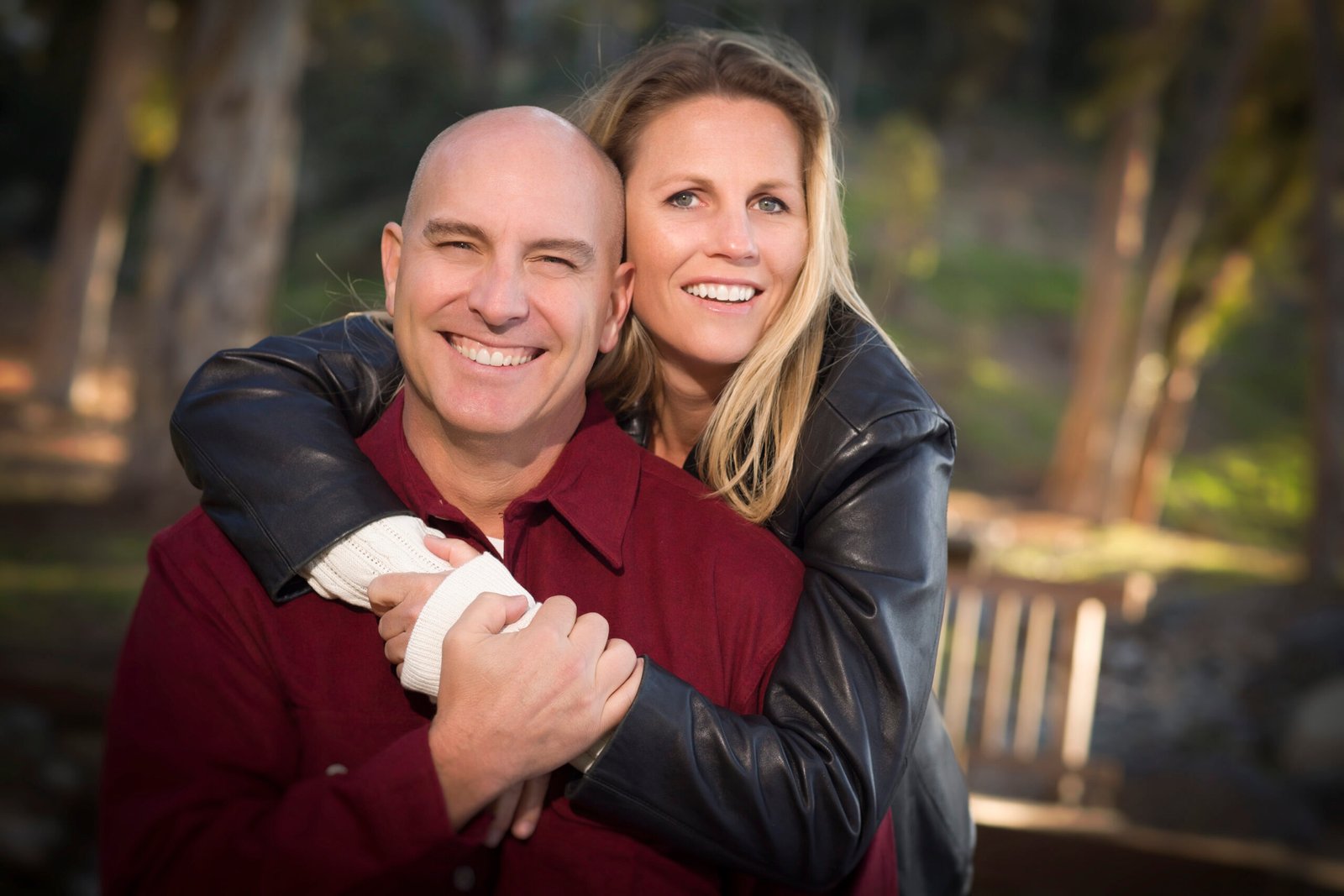Lost in Translation? Rebuilding Communication and Connection in Your Marriage
How can I fix my marriage when my spouse and I have stopped communicating effectively?
It’s a common and disheartening situation: you look at your spouse and realize that somewhere along the way, you stopped truly understanding each other. The once fluid and easy conversations have become strained, infrequent, or even nonexistent. If you’re asking, “How can I fix my marriage when my spouse and I have stopped communicating effectively?”, know that you’re not alone and there is hope.
However, before diving into communication techniques, it’s crucial to understand a key insight from Dr. Lee Baucom, a veteran of marriage therapy: poor communication is often a symptom of deeper issues, not the core problem itself. As Baucom puts it, communication is like the plumbing in a house; if the source (your perceptions and understanding) is unhealthy, better plumbing (communication skills) won’t deliver a better result.
Therefore, fixing your marriage requires addressing these underlying dynamics. Here’s a comprehensive approach drawing from the wisdom in the sources:
1. Recognize Communication Issues as a Symptom:
- Understand that the breakdown in communication likely stems from deeper issues such as misperceptions between you and your spouse.
- Avoid solely focusing on communication skills, as this might only make your arguments more efficient without resolving the root causes.
2. Strive for Accurate Perception and Understanding:
- Understand your spouse’s worldview (paradigm). Recognize that everyone sees the world through a different filter. Try to understand how your spouse sees things, not just what they see. Ask yourself, “Help me understand how you see it that way?”.
- Realize that you interpret your spouse’s actions through your own lens, not necessarily theirs. Strive to balance your responses with your spouse’s intentions.
- Remember that understanding does not equal agreement. You can understand your spouse’s perspective without necessarily agreeing with it.
3. Focus on Creating a “WE” Instead of “You vs. Me”:
- Shift from a “You and Me” mentality to a “WE,” a sense of being a team and a united entity. Many marital crises arise from failing to make this shift.
- Becoming a “WE” means seeing that you are in the marriage together, moving forward as a unit, and making decisions based on what is best for the relationship as a whole.
- When decisions are based on what is good for the relationship (“the WE”), it forces you to treat the relationship as a real entity.
4. Rebuild Connection Through Action and Intention:
- Disconnection often happens through neglect, not maliciousness. Relationships are either growing or receding; they cannot be paused.
- Make a conscious choice to act on love. Even when you don’t “feel” it, acting lovingly and respectfully can rebuild connection.
- Shift your focus from “What am I getting?” to “What can I give?“. This shift in energy can lead to reconnection.
- Prioritize time for connection. The average couple spends very little time in meaningful conversation about their relationship. Make a conscious effort to relate about your relationship.
- Practice a sense of gratitude for your spouse and your relationship. Focusing on the positive can counteract the cycle of negativity.
5. Take “Right Action” in the Relationship:
- “Right Action” involves relating in intentionally healthy ways, taking your spouse’s needs into account along with your own, and moving toward “WE”.
- Sometimes, Right Action means moving toward each other even when you don’t feel like it, separating your emotional state from your choices. Acting lovingly can lead to feeling loving.
6. Shift Your Perspective on Love and Emotions:
- Don’t solely rely on emotions to guide your relationship. Love is also an action. Instead of asking if you are “in love,” ask “how do I love (action) him/her?“.
- Emotions ebb and flow in a relationship. Don’t mistake a temporary lack of feeling for a permanent loss of love.
- Discover how your spouse best feels loved by considering past expressions of love and, most importantly, by asking them directly. Make it your task to learn your spouse’s “secrets” – what truly makes them feel loved and understood.
- When emotions are amiss (e.g., anger), remember that anger is often a secondary emotion masking hurt, disappointment, or dismay. Try to move beyond the anger to address the primary feelings. You can also practice “Acting as if…” you feel the way you want to feel towards your spouse.
7. Be Mindful of the “Pause Button Marriage”:
- Avoid putting your marriage “on pause” while focusing on other life areas like careers or children. Relationships need consistent care and nurturing. Connection either grows or recedes; it never stays still.
8. Set and Respect Boundaries:
- Establishing clear and agreed-upon boundaries is crucial for protecting the relationship. Discuss and agree on what behaviors and interactions are acceptable in your marriage.
- Boundaries help keep emotional energy within the relationship.
9. Understand That Difficulties Are Normal:
- Every marriage experiences difficulties. The key is how you face and solve them for the betterment of the marriage.
10. Create an Upward Cycle: – If your relationship is in a downward spiral, remember that a change in momentum can begin with just one person making a shift in perception or behavior. When one person relates differently, the other has to respond differently.
11. Consider Professional Help: – Dr. Baucom offers the “Save the Marriage” system, which is designed for couples in crisis. He also provides coaching. If you find it difficult to implement these changes on your own, seeking professional guidance could be beneficial. Baucom’s approach acknowledges that one partner can begin the process of change and lead the marriage toward healing. He is also critical of traditional marriage counseling that focuses too heavily on communication.
Remember that improvement takes time and effort. Be patient with the process and focus on making consistent, positive changes. Even if only one of you is initially willing to work on the marriage, your individual efforts can create a shift in the relationship dynamic. Focus on moving from “You & Me” to “WE” through accurate perception, right action, and clear communication. By prioritizing connection and understanding, you can navigate away from the “Marriage Fail Point” and towards a more fulfilling and communicative partnership.




